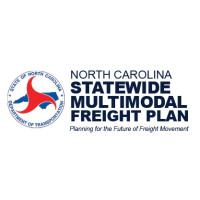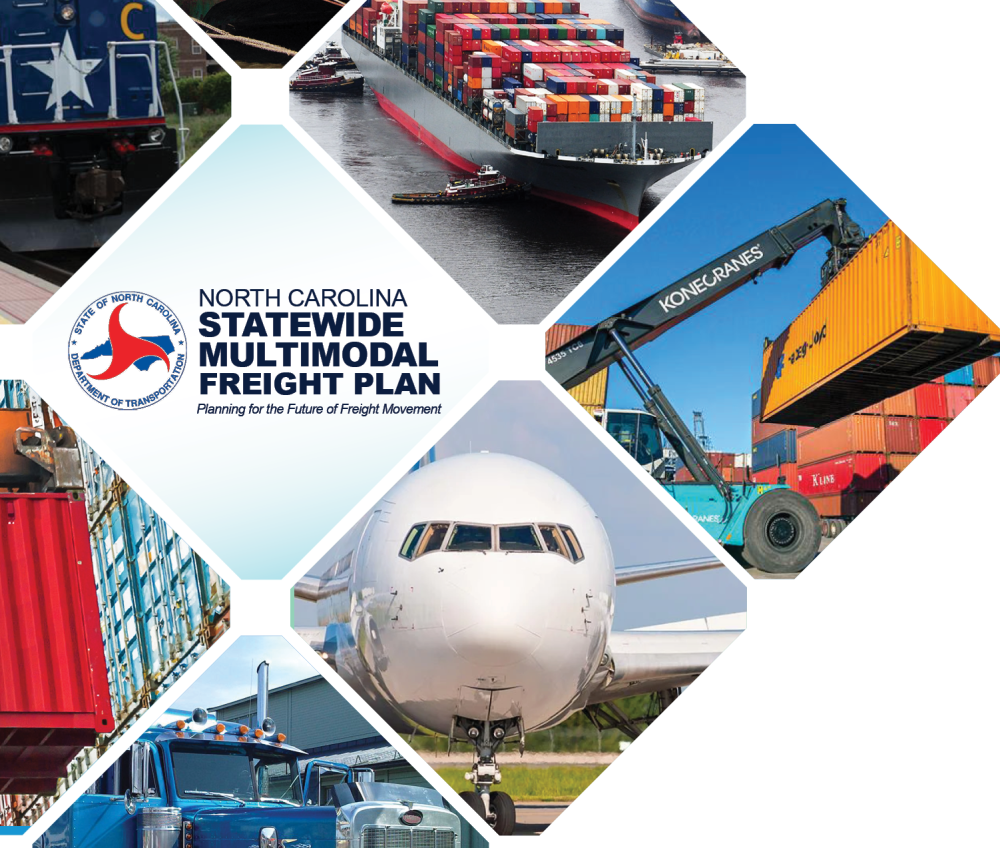Multimodal Freight Survey
Multimodal Freight Survey
The N.C. Department of Transportation is updating the Statewide Multimodal Freight Plan and would like your help identifying issues and future opportunities with freight movement in North Carolina. Your input will help guide the Freight Plan Update and identify ways that NCDOT can support efficient and effective movement of freight. Please take a moment and respond to the following questions. The survey will be available through Friday, June 17, 2022.
This is hidden text that lets us know when google translate runs.

